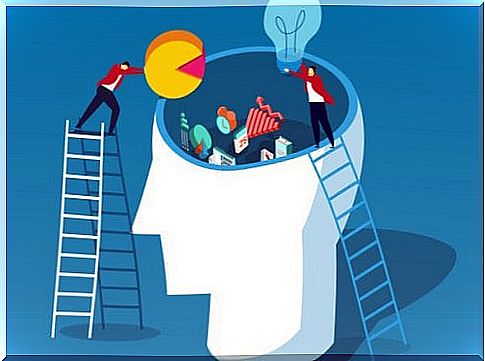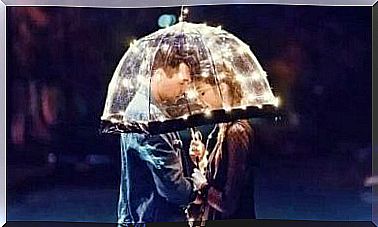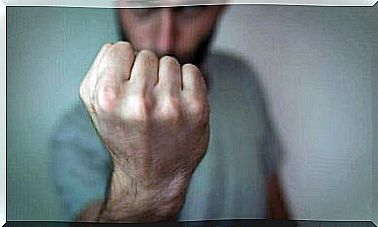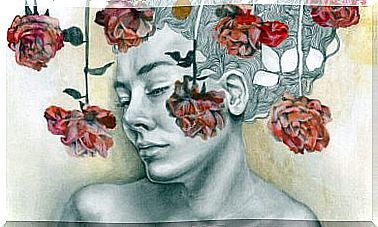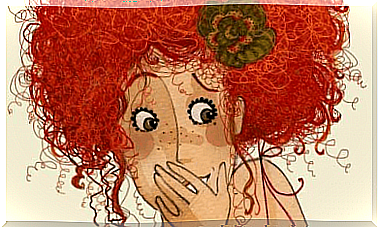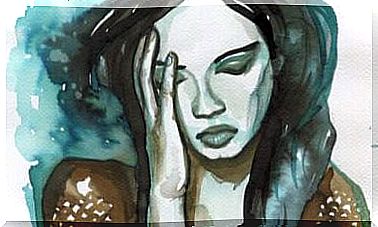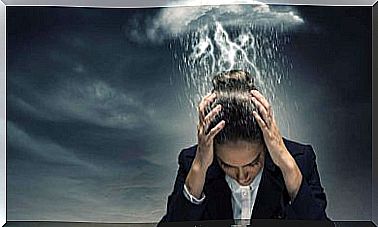Clark L. Hull And Deductive Behavioralism
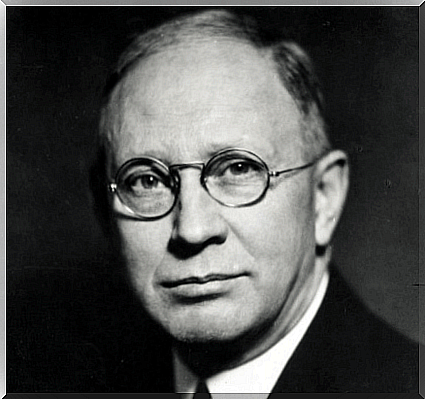
Clark Hull proposed a new way of understanding behaviorism. He wanted to establish the basic principles of a science of conduct in order to explain the behavior of animals belonging to different species. As well as individual and social behavior. This concept is known as deductive behaviorism.
The theory offered by Clark L. Hull (1884-1952) is the most complex and detailed of the great theories of learning imagined during the 20th century. For Hull, the basic concept was about the force of habit. He said that the latter was established with practice.
He described habits as stimulus-response connections directed towards reward. According to Hull, responses (not perceptions or expectations) participate in the formation of habits. The process is gradual and the reward is an essential condition.
Clark Hull’s Deductive Behaviorism
Hull is considered a neo-behaviorist thinker. Thus, Clark Hull presented a new way of approaching behaviorism starting from the logical positivism which dominated in his time.
Like the other leading authors representing behaviorism, Hull believed that human behavior could be explained by conditioning and reinforcement. According to him, the reduction of urge then acts as a support for a particular behavior.
This reinforcement will increase the likelihood of recurrence of the behavior in question when, in the near future, the same need arises. For this reason and in order to survive in its environment, an organism must behave in a way that satisfies its survival needs. Thus, in a stimulus-response relationship, an observation is possible. When the stimulus and the response cause a reduction in need, the likelihood that the same future stimulus “elicits” an identical response increases.
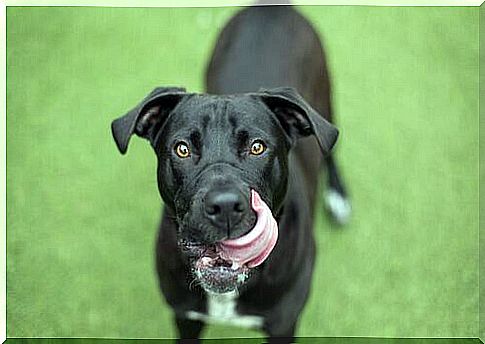
Hull wanted to establish the basic principles of a behaviorist science. His theory of deductive behaviorism places habit at the center of the concept. The strength of the habit depends on the support that follows the stimulus-response sequence as well as the strength of it. The latter will depend on the reduction of urge associated with a biological need.
Hull’s learning theories were first presented in Mathematico-Deductive Theory of Rote Learning (1940). This work was the result of a collaboration with various fellow workers. There he presented his discoveries through postulates expressed verbally and mathematically.
Hull developed these ideas in Principles of Behavior (1943). In this work, he suggested that the stimulus-response connection depends as much on the type as on the amount of reinforcement.
Hull’s learning theory
Hull was one of the first theorists to attempt to conceive of a grand theory with the aim of explaining the whole of behaviorism. This theory of learning developed by Hull in 1943 is known as the theory of reduction of envy. Hull based his theory on the concept of homeostasis, the idea that the body actively works to maintain a certain balance.
From this idea, Clark L. Hull suggested that motivation arises as a consequence of biological needs. So as part of his theory, Hull used the term “drive” to refer to the state of tension or arousal caused by biological or physiological needs.
Sensations such as thirst, hunger or even cold, for example, create an unpleasant state: tension. In order to reduce this state of tension, humans and animals seek to meet their biological needs (eat, drink, find shelter). So Hull claimed that humans and animals repeat all behaviors that allow them to reduce these urges.
Primary and secondary needs
Hull’s theory is based on an interesting idea. Secondary units (different from innate primary units that correspond to biological needs such as socialization, thirst, and hunger) are learned through conditioning. They make it possible to satisfy the primary units indirectly. The need for money makes it possible, for example, to pay for a shelter or food.
These multiple secondary needs arise when an individual is confronted with several needs. The goal is to correct the disruption of balance (homeostasis) which is uncomfortable. This means that behavior is learned and conditioned only if we satisfy our primary cravings.

Mathematical presentation of the theory
Clark L. Hull also developed a way to express this theory of learning in a mathematical way. Here is the formula:
sEr = V x D x K xJ x sHr – slr – Ir – sOr – sLr
With :
- sEr: Excitation potential. The probability that an organism will produce a response (r) to a stimulus (s).
- D: Driving force. It is determined by the level of biological deprivation.
- K: Motivation, size or magnitude of the goal.
- J: Delay before the body starts looking for reinforcement.
- sHr: Strength of a habit. It is established by the number of preconditions.
- slr: Conditioned inhibition, caused by lack of prior reinforcement.
- Ir: Reactive inhibition or fatigue.
- sOr: Random error.
- sLr: Reaction threshold. It is the least amount of reinforcement that learning will produce.
According to Hull, the main contribution of craving reduction theory is largely the elimination and reduction of cravings. At a given moment, these last make the activity of the individual more complex. This therefore supposes an increase in human potential and a significant commitment of the latter in his professional environment. By satisfying his needs, he will be able to improve his commitment and thus be more successful in life.
Final comments
Critics consider deductive behaviorism to be too complex. They believe that this theory does not explain human motivation because it suffers from a lack of generalization.
One of the biggest problems with Hull’s drive reduction theory is that it fails to take into account the fact that secondary reinforcements help reduce drives. Unlike primary drives (hunger and thirst), secondary reinforcements do nothing to directly reduce physiological and biological needs.
Another important criticism of this theory is that it does not explain why individuals engage in behaviors that do not help reduce their cravings.
In any case, this approach has had a great influence on later theories and explanations in psychology. Many of the motivation theories that emerged between 1950 and 1960 were based on Hull’s original theory or focused on the proposed alternative to craving reduction theory. An important example is that of Abraham Maslow’s famous hierarchy of needs which emerged as an alternative to Hull’s approach.
